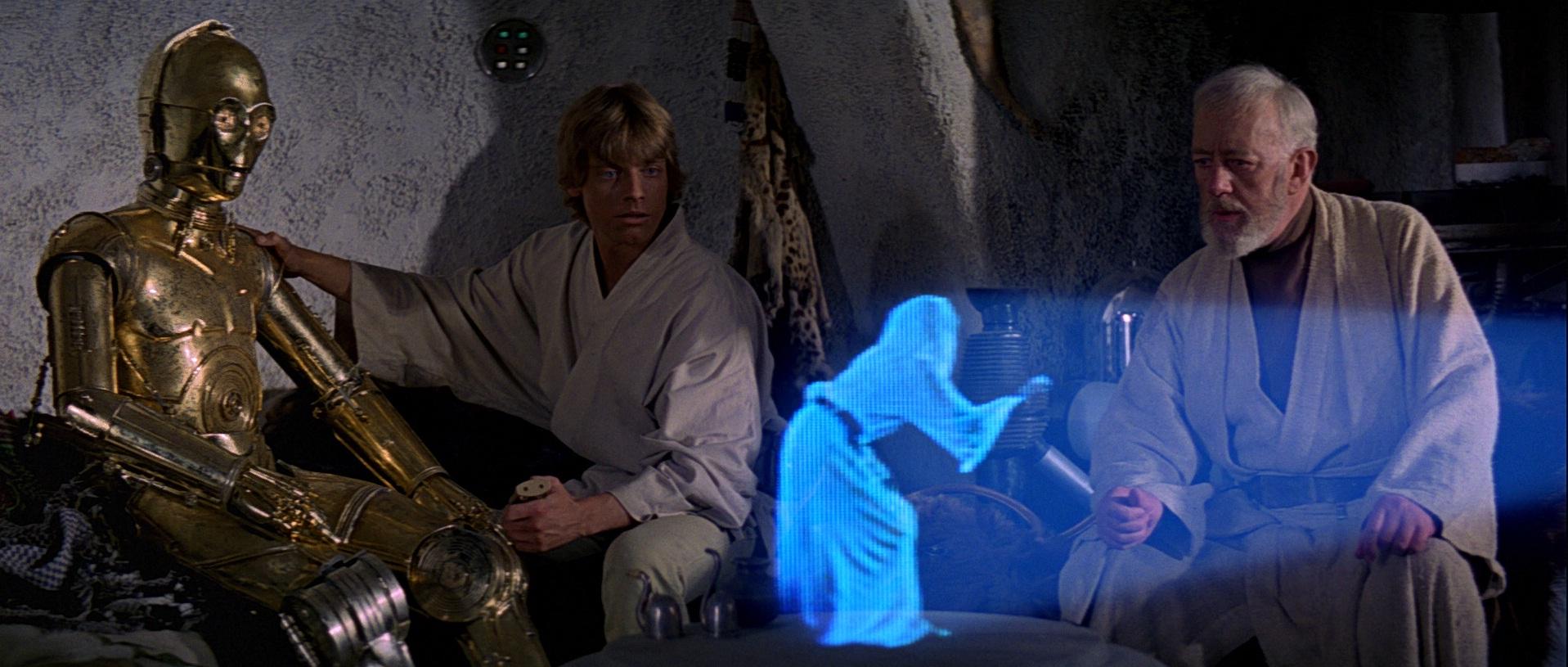
With most of our smartphones hardly even amounting to what could be considered “3D” imaging at this point, it’s hard to imagine that smartphones might soon be able to host something as complex as holographic imaging. Ever since the release (and flop) of the HTC EVO 3D, I haven’t had much to say on the subject of bringing 3D to smartphones other than it doesn’t seem like it’s a much-needed feature right now. When it comes to holographic imaging, however, I feel like I need to hold my expectations even higher.
Ostendo Technologies, a Califonian start-up company, has recently unveiled that their holographic chip should be available for commercial use in just two short years. This chip is said to only cost about $30 when mass produced, which would be about twice as much as it costs to produce a camera chip. That’s pretty cheap, but I imagine that the sheer novelty of the feature would raise the price of smartphones that used the chip quite a bit higher than that.

Of course, reports are already making Star Wars references aplenty, as it’s probably the perfect go-to example when trying to explain what a holographic chip actually does: Think “Leia”, but virtual. What’s one better, these smartphone holographic images are supposed to measure about 5,000 pixels per inch, rather than the low-res digital Leia previously mentioned. That’s some super clear imaging right there.
But will it really be as good as they say? And even if it is, is it going to be something that a lot of companies will be on board with? When it came to the EVO 3D, the hype for the phone was a little over the top in my opinion. The phone’s bark was bigger than it’s bite, so to speak. I got the EVO 3D to replace my EVO 4G because, for the most part, I was interested in the dual-core processor. The whole 3D thing didn’t hurt, either. It seemed like a cool idea at the time. However, instead of being able to experience a totally cool glassesless 3D experience, I experienced headaches and frustration trying to position the phone just right in order to sort of get a "3D" experience. I forget which super hero movie was included in the phone (Green Lantern, maybe?) but I can tell you that it was only enjoyable to watch when in 2D mode. In fact, I'm pretty sure the EVO 4G was qualified to be more 3D than the EVO 3D was because of the whole pop-out kickstand thing, which the EVO 3D removed (and I'm still quite sore about).
The other problem that plagued the EVO 3D was that nobody really seemed interested in producing content for it. It’s pretty obvious that when the most valued feature of the phone is left alone for so long with no new content, it grows stale and isn’t worth the time anyway. Even if this holographic stuff is that great, who’s to say that companies will be on board with producing a lot of content for it?
On the other hand, holographic imaging does sound a lot cooler than 3D does. It’s a lot less vague, too. “3D” could have meant anything, and unfortunately in this case, the EVO 3D was more like those hologram cards you got in cereal boxes. You know, the ones where you tilt them back and forth and some famous cartoon character smiles or kicks a ball or something. But a holographic image that moves around and looks like an actual 3D show? That could be kind of cool. As I said, though, my main reservations about them are A.) if it really lives up to the hype that’s being created for it and B.) if developers and companies actually continue to give two hoots about it after the release. I'll believe it when I see it.
I wouldn’t say it’s a needed feature, but it could be cool, and might be something to help get this industry out of this dry spell we seem to be in. Here’s hoping!
Image via Tech Radar, Lucasfilm